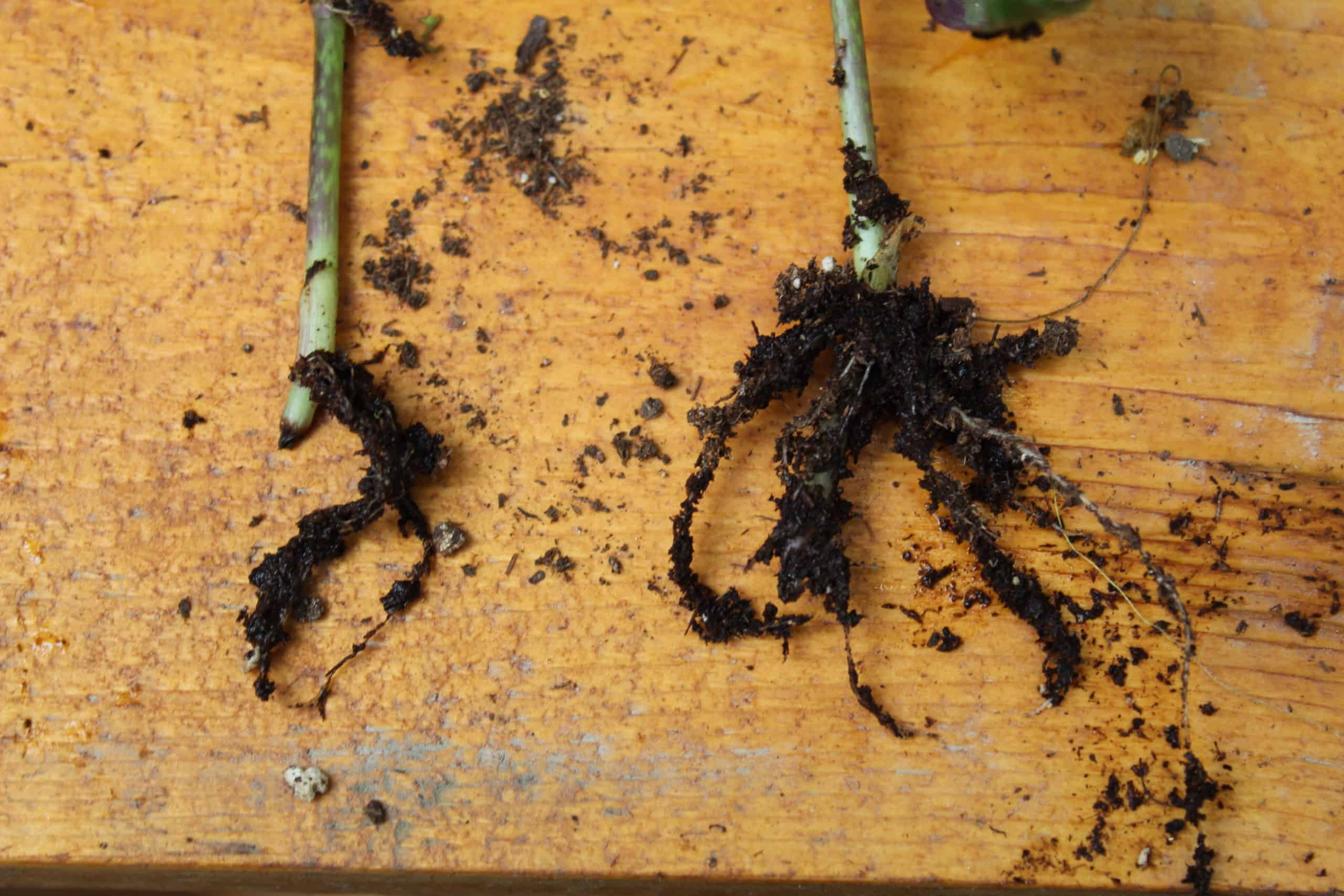Yarrow for Beginners
If you are dipping your toes into the water of foraging and herbalism, yarrow is a great place to get started. It is readily available, easy to grow, and has many uses. Let’s take a look at yarrow for beginners.
A Brief History of Yarrow
Yarrow has been used for centuries by people across the globe. Its Latin name, “Achillea millefolium” comes from the story that Achilles used yarrow to help staunch blood from the wounds of his soldiers. Millefolium means “thousand leaves” for all the tiny flowers when in bloom. Some common names for it are milfoil, soldier’s woundwort, allheal, and a slew of others.
It has been used historically by many Native American nations and early Americans as a salve to heal sores and injuries, chewed for toothaches, administered in the ears for ear aches, taken internally to stop bleeding, and by midwives to encourage uterine contractions
Yarrow is part of the sunflower family.
What are the medicinal benefits of yarrow?
Yarrow has antiseptic, anti-inflammatory, and astringent (which means it helps our cells to tighten together).
It also is a styptic, which means that it stops bleeding. Yarrow can be used both internally and externally to stop bleeding.
A poultice can easily be made on the go by smooshing up the leaves and flower tops, then applid topically.
The leaves and flowers can be made into a tea and consumed to reduce a fever and stimulate the appetite. Equal parts elderflower and peppermint can be added to the tea to boost its benefits even more.

What parts of the yarrow plant are used?
Both the leaves and the flowers are used when making preparations with yarrow. If you don’t have any blooms, the leaves themselves work just fine.
Are there any risks associated with yarrow?
Yarrow is one o the safest herbs to use, which is why yarrow is great for new herbalists to work with. Like any herb, some folks may have unknown allergies, so always gently meet the herb first, check for any reactions, then proceed to use it more freely.
If you are pregnant, any internal use of yarrow should be avoided as well as any application of it on or around your belly and midsection. Yarrow has a simulating effect on uterine muscles which can cause miscarriage.
Growing and Foraging Yarrow for Beginners
Foraging
One of the great things about yarrow, is that it is easy to recognize both from its appearance and its smell. It actually has a bit of a medicinal smell to it.
Yarrow is native to North America and it also grows all over the world.
Yarrow grows in prairies, pastures, roadsides, and can do surprisingly well in places with poor soil.
The leaves are small and fern-like. The blossoms come in several branches at the top, in tight bunches of flowers.
Yarrow can will be white, pink, or sot yellow.

Growing
Yarrow is a perennial that can be easily grown at home. Look for the “achillea milleolium” variety which is the native/medicinal option. It will typically come in either white, pink or a soft yellow.
There are much more colorful varieties but their purpose is more for decoration and they will not have the same medicinal benefits, though still some, of their more native counterparts.
Yarrow will do well in most well drained soil types. It can thrive in partial shade or full sun. Yarrow will sel sow via seed and runners under the soil.
Harvesting Yarrow
Yarrow is a hardy perennial but you still want to exercise responsible harvesting. First never take more than 1/3 of what is available. Second, if you have a good stand of yarrow, you can harvest some leaves and blossoms from each plant, rather than harvesting the whole thing.
It is best harvested when in full bloom, and sometime after the dew is gone but the heat of the day hasn’t set in yet. Around 10 – 11:00 a.m. is peak herb harvesting time most places.
How to Use Yarrow for Beginners
One of the easiest ways you can use yarrow is to dry it up and make a blood stop powder. On the farm we have veterinary grade powders we can use on our animals if they get injuries. This yarrow powder is easy and safe to use on cuts, scrapes, etc. that you might pick up.
Begin by gathering fresh yarrow leaves and flowers. Allow them to air dry for several days in aventilated place.
Or, alternatively, you can put the flowers and leaves in a dehydrator and dehydrate at about 115 for several hours.
Remove some o the leaves and let them cool for a few minutes. If they snap easily and don’t have any moisture to them, they are ready.

Use a coffee grinder, or mortar and pestle to grind the leaves and flowers to a powder.

If you are anything like me, you probably have some empty glass spice jars crowding your pantry. Old jars work perfect for storing the powder and later administering it via the shaker top.
Store in a cool, dry place away from direct sunlight.
Want to learn more easy herbalism? I have great resources for the beginning herbalist!

Watch and Learn
Want to learn more about yarrow for beginners? Come along while I harvest and make a simple yarrow powder.
Pin it for Later

Sources
Medicinal Herbs a Beginner’s Guide by Rosemary Gladstar
Common Edible and Useful Plants of the West by Muriel Sweet
American Nature Guides:Herbs by Anna Krueger
Magic and Medicine of Plants by Christopher, Hoffman, et. al.
North American Range Plants by Stubbendieck, Hatch, and Butterfield







